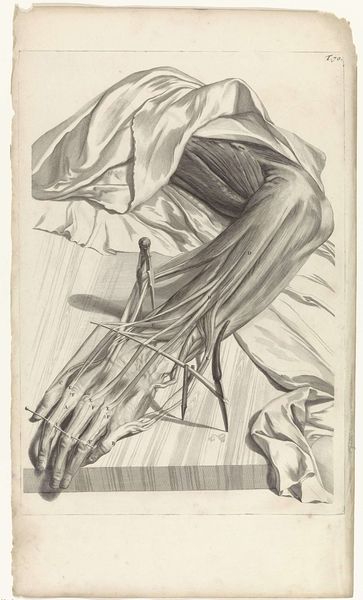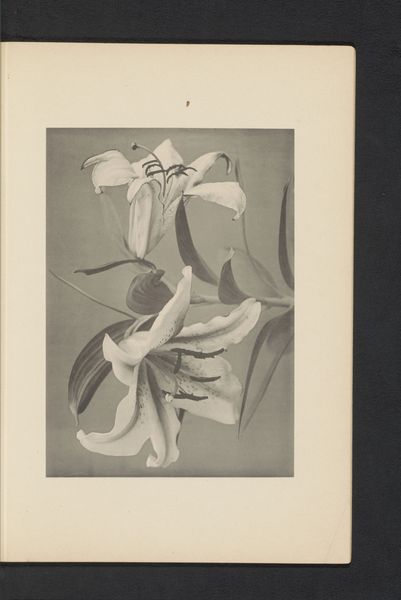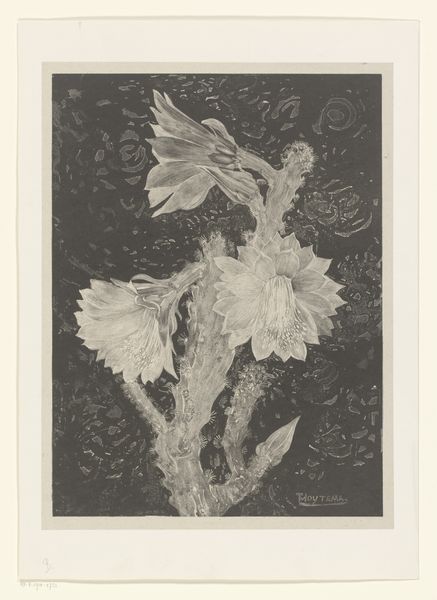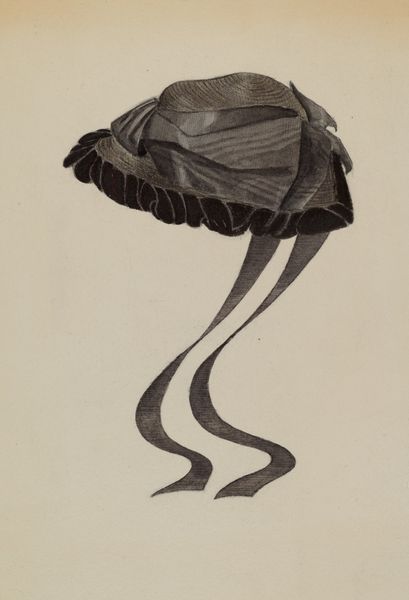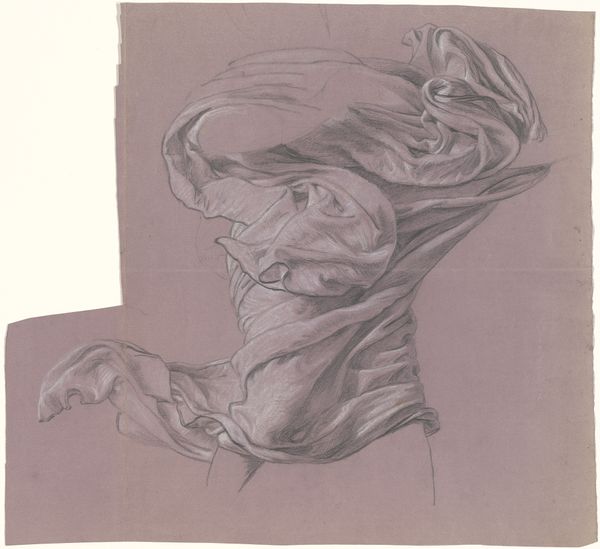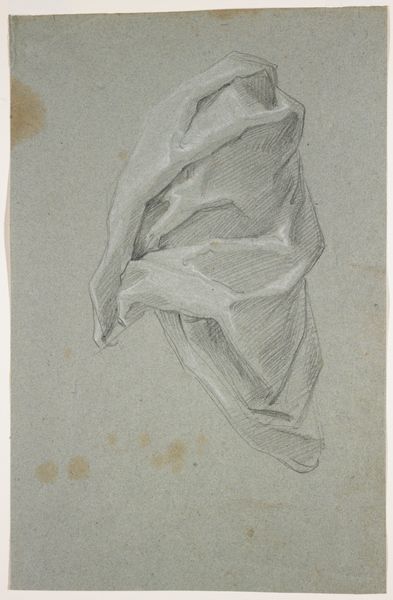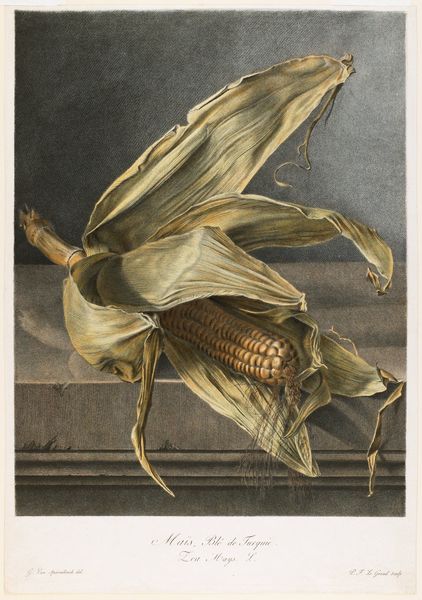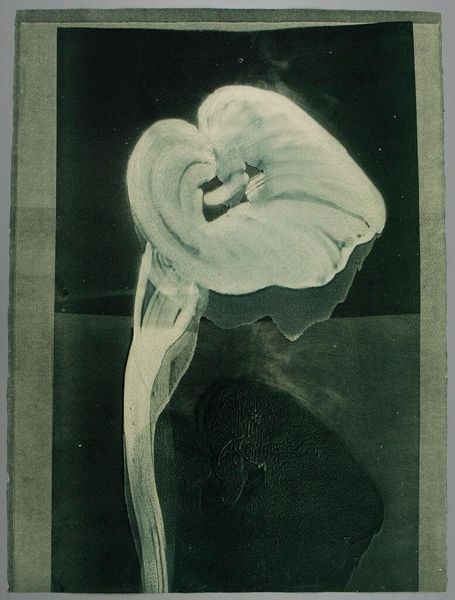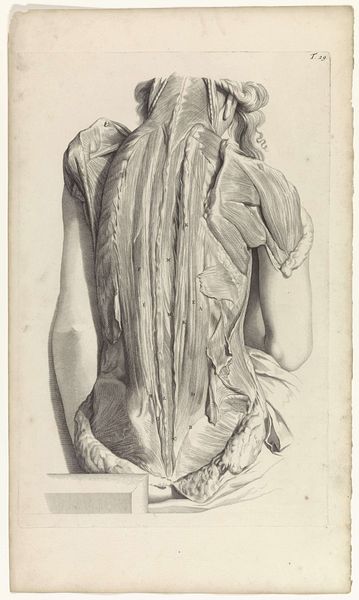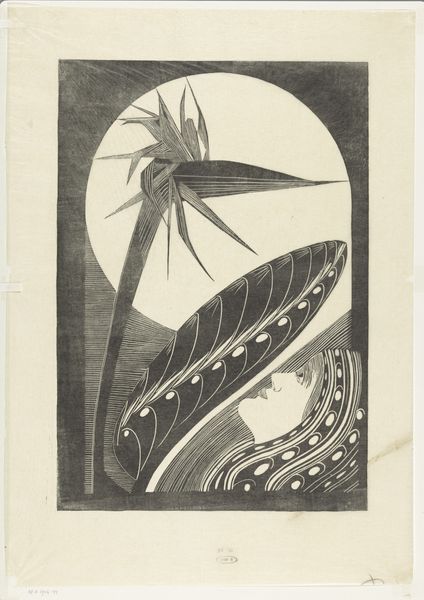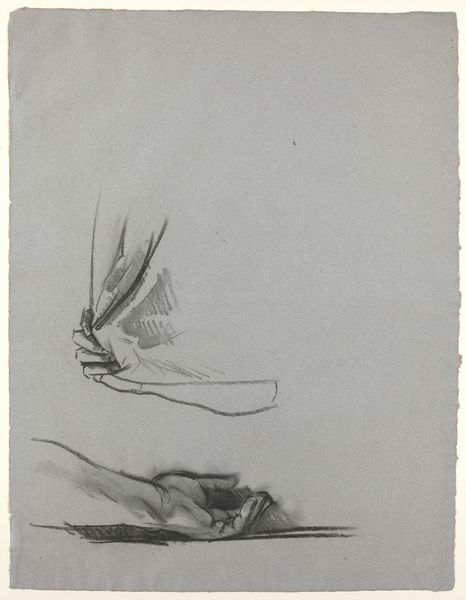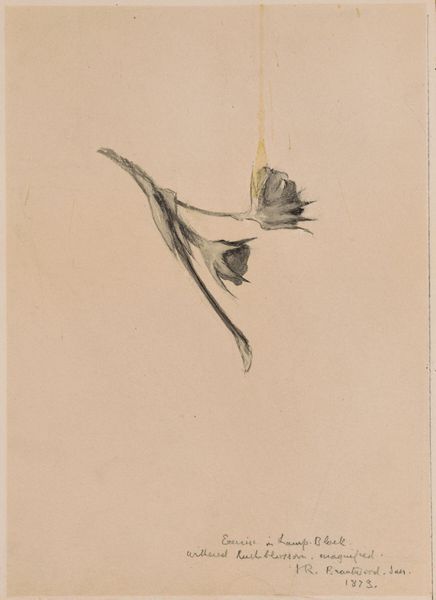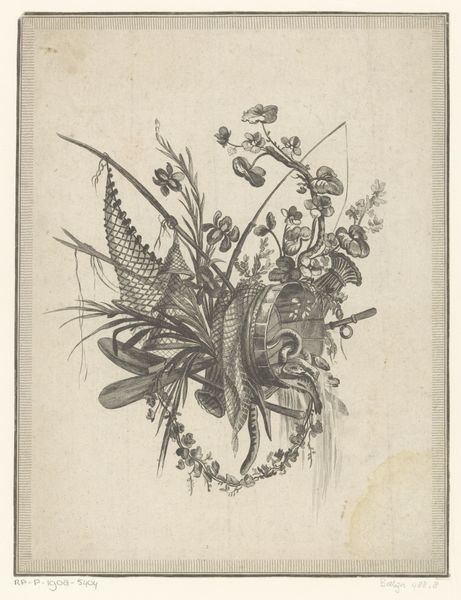
drawing, pencil
#
drawing
#
neoclacissism
#
coloured pencil
#
pencil
Dimensions: height 502 mm, width 357 mm
Copyright: Rijks Museum: Open Domain
Curator: Well, look at this, would you? It is entitled “Maïs,” crafted between 1799 and 1801 by Pierre François Legrand. Editor: A study of corn... somehow noble? The meticulous detail with which the artist captured this single ear creates such an aura around something we wouldn’t ordinarily examine so closely. It's almost reverent. Curator: It is rendered in pencil and coloured pencil. It falls neatly into the Neoclassical period, when representing plants with precision, and even reverence, became newly vital to projects of science and nation-building. Editor: Maize has always been so resonant, representing sustenance, cyclical abundance... But presented in Neoclassical terms, it's elevating, and almost rationalizes its presence. A lot of its older associations become sanitized. Curator: It becomes a symbol divorced from prior cultural contexts, an empty signifier to be filled by whomever is now in power. After all, it was initially published as an engraving. That allowed for a potentially vast audience to see it and thus, reimagine what it symbolizes. Editor: Do you think Legrand intentionally downplayed those older symbolisms, the earthiness and folklore, or was it simply the artistic vocabulary of the time doing the work? Curator: Legrand lived during the French Revolution, a period that heavily favored science and empirical observation over more esoteric modes of thinking. It is reasonable to think Legrand did intend to render corn a potent symbol for a changing world. Editor: So, through its detail and scale, it transforms into a stand-in for civilization’s mastery, agriculture's triumph. Very interesting. Curator: Absolutely. And it prompts us to contemplate not just the plant itself, but also the broader frameworks shaping its visual and societal role. Editor: Leaving me with a deeper appreciation for how an image and an object shift cultural narratives, layer by layer, right before our eyes. Thank you.
Comments
No comments
Be the first to comment and join the conversation on the ultimate creative platform.
